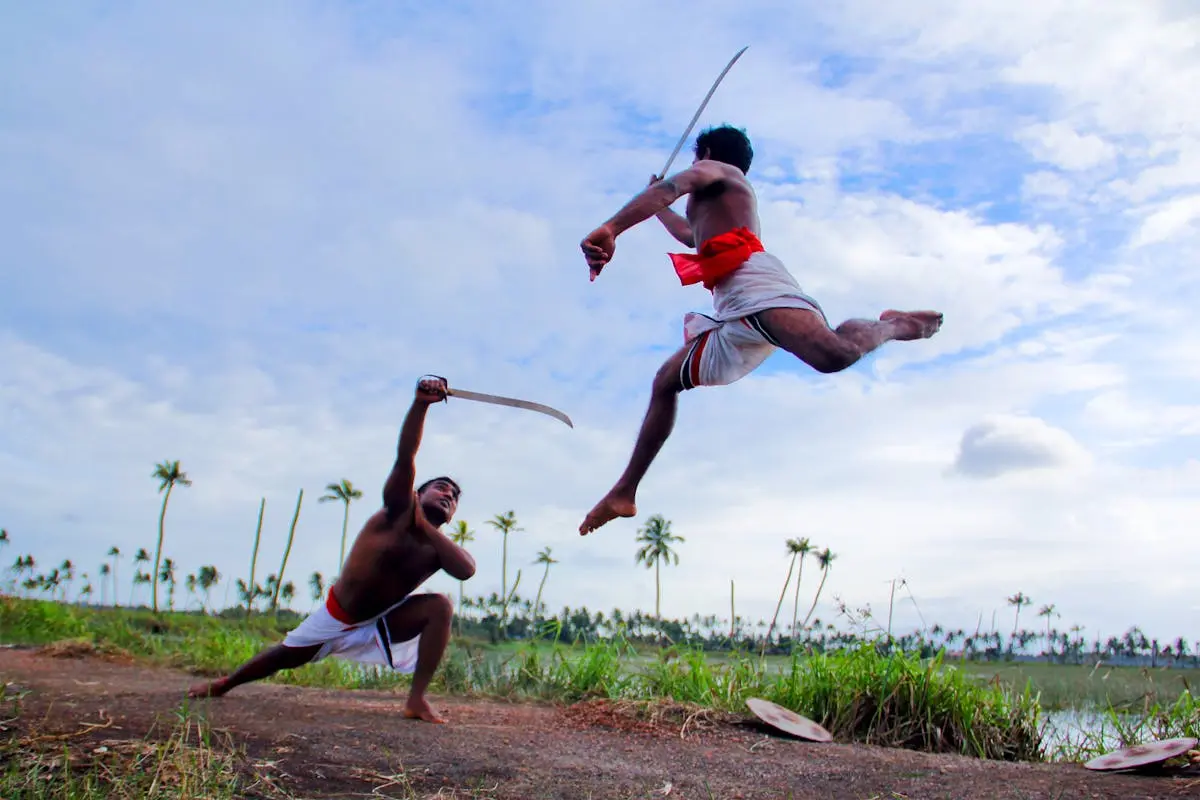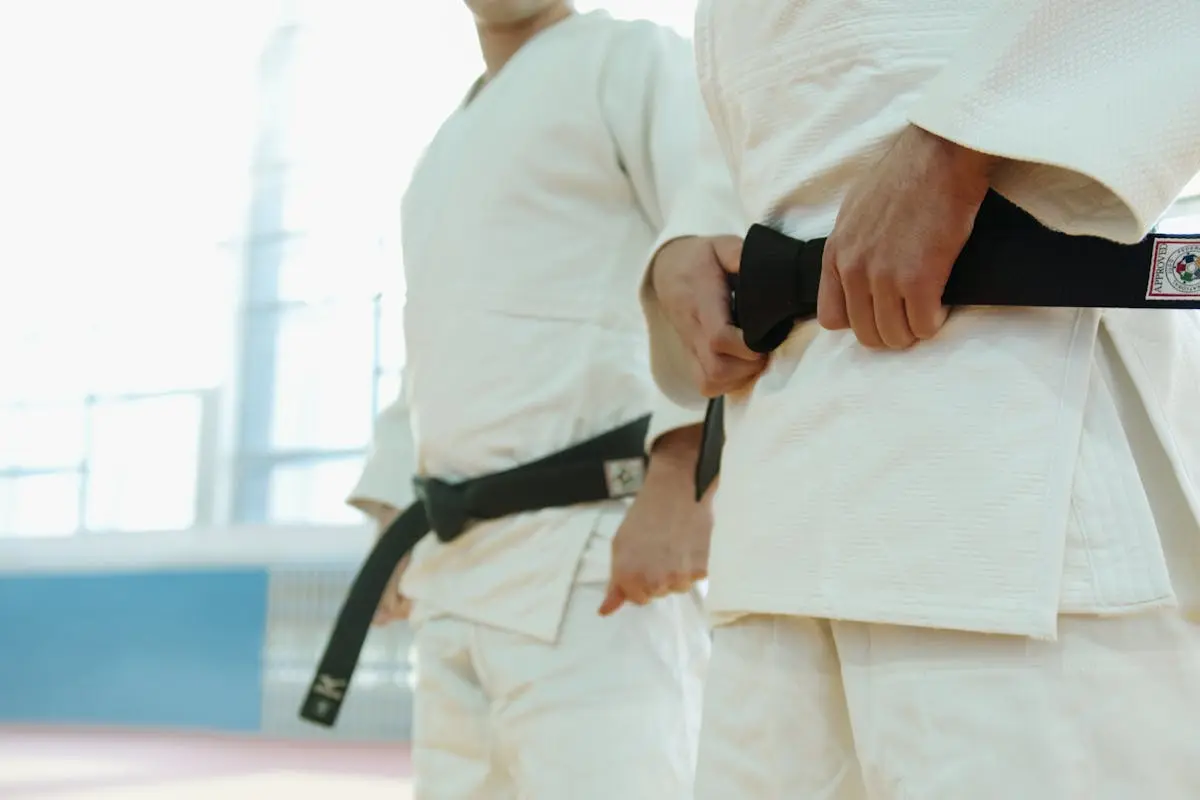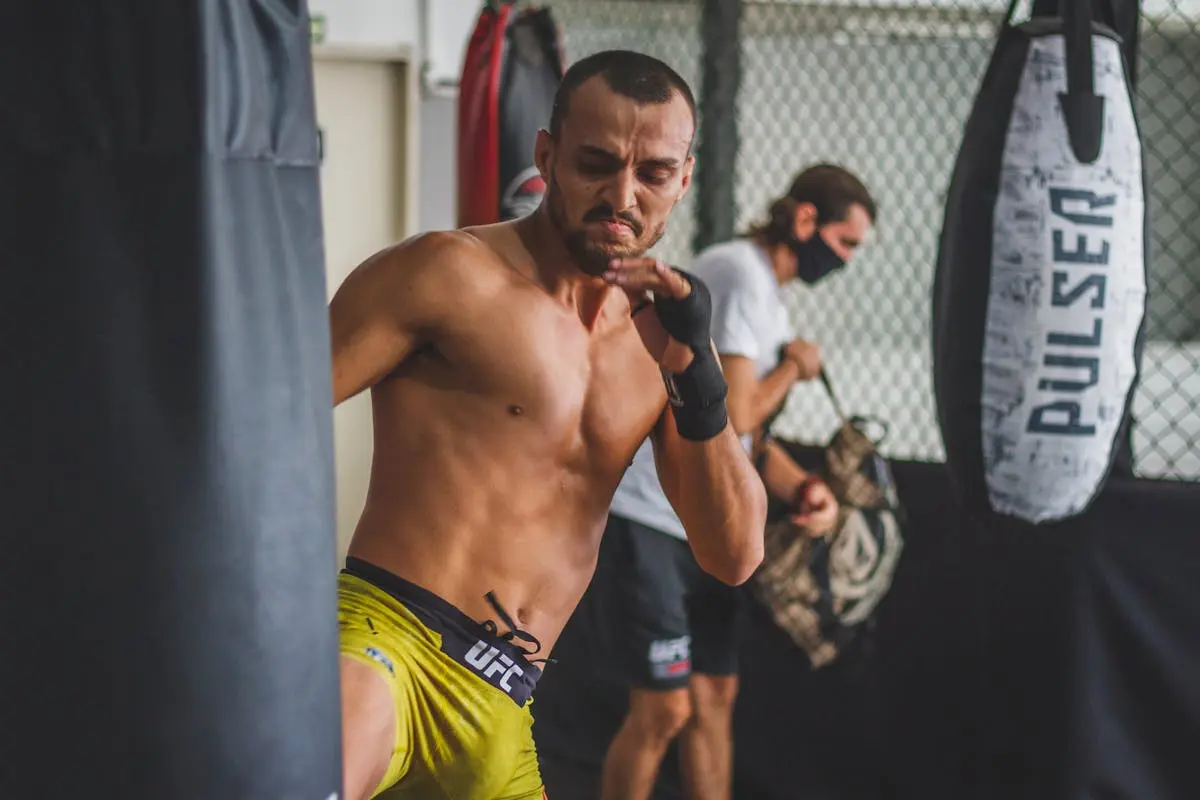Introduction to the Origins of Martial Arts
The history of martial arts goes back as long as the history of civilization – it’s too big a subject for a single book, let alone a single article.
Instead, let’s look at a smaller slice of history: the rise of the most famous Asian martial arts systems, and how they became the quintessential image of empty-handed fighting.
But where did these ancient practices begin? The exact origins are difficult to pinpoint, but experts trace some of the earliest roots of martial arts practice worldwide, back to ancient civilizations in Asia thousands of years ago.
Ancient Foundations in China and India
Around 5,000 years ago, early forms of martial arts were developing in China. Historical evidence suggests the predecessors of practices like tai chi and kung fu emerged during this era. Martial arts were honed by ancient warriors, but also by philosophers and monks seeking greater physical and spiritual mastery.
Over in ancient India around the same time period, the martial art of kalaripayattu was taking shape. One of the oldest surviving fighting systems still practiced today, kalaripayattu blends combat techniques with concepts of healing and inner strength. Its traditions have been passed down through generations.
As people began traveling greater distances and cultures spread, these early martial arts took root and evolved in new regions. They adapted to diverse environments and cultural influences, gradually developing into the vast array of martial arts styles we know today spanning Asia and beyond.
The Diverse Evolution of Martial Arts Across Asia
While martial arts originated in select regions, different parts of Asia put their own spin on the practices over many centuries:
China is considered the birthplace of kung fu, an umbrella term for various martial arts. Styles like shaolin and taijiquan focus not just on fighting, but mind-body mastery. Principles like internal harmony and self-discipline are core tenets.
In Japan, arts like karate blended self-defense techniques from Okinawa with Chinese influences. Known for its powerful strikes, karate also emphasizes moral character. The Japanese likewise developed judo in the 1800s, based on the art of jujitsu which came before it, prioritizing the use of an opponent’s force against them through grappling and throwing.
Korea has contributed the dynamic striking art of taekwondo, recognized by its explosive kicking techniques, and hapkido which stresses fluid defensive moves and leverage. Both have deep roots in philosophies of perseverance, respect and overcoming adversity.
Southeast Asia has rich martial arts legacies as well. Thailand’s muay thai boxing is famous for its powerful elbow and knee strikes along with its grueling training. The Indonesian fighting arts called pencak silat feature weapons along with strikes, throws and holds.
While they originated as combat systems, the traditional Asian martial arts were also often held as spiritual systems. They encapsulated philosophies for living, moving meditation, ethical teachings and pathways for profound personal growth.
The Global Spread to the West
For centuries, these martial arts traditions remained relatively insular across Asia, closely guarded by dedicated practitioners. It wasn’t until the 20th century that they began rapidly spreading worldwide and gaining greater mainstream popularity, particularly in the West.
American and European servicemen, who were exposed to disciplines like karate, judo and taekwondo during World War 2 and the Korean War, brought these martial arts back home. As immigration increased, more dojos opened to teach these new and exciting arts.
Perhaps the biggest catalyst was martial arts legend Bruce Lee, whose 1970s Kung Fu films like Enter the Dragon fascinated audiences, sparking a martial arts craze that spread throughout pop culture.
This paved the way for the global rise of combat styles like Brazilian jiujitsu in the 1990s as mixed martial arts promotions like UFC became popular forms of entertainment.
Today’s Martial Arts Landscape
The modern martial arts scene is truly a melting pot. While many traditional disciplines still adhere to centuries-old roots, adaptation and cross-pollination have become common. Regional influences and practical new fighting styles from are taught and utilized right alongside classic arts.
As these age-old practices carried through generations, their universal appeal only grows stronger with time. The core lessons and philosophies that formed the foundation for these teachings across Asia will always find new forms of expression and relevance.






